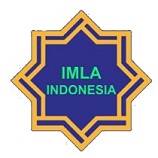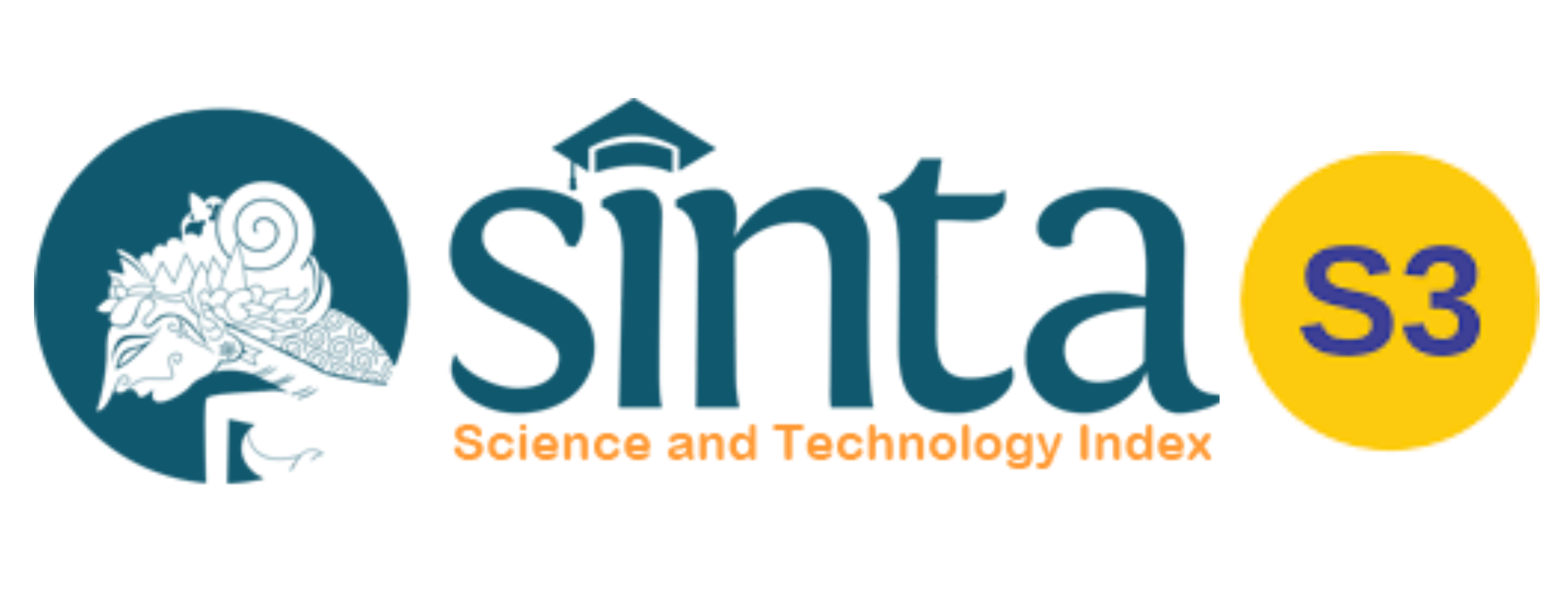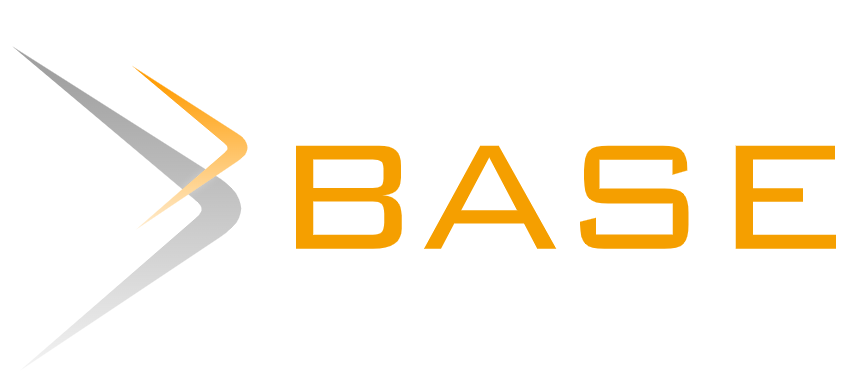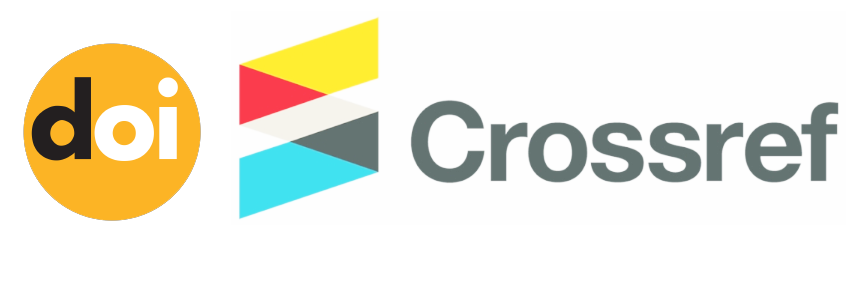PUBLIC PERCEPTION OF SOCIO-ECONOMIC TRANSFORMATION IN SAUDI ARABIA: THE CASE OF THE NEW MURABBA PROJECT
Abstract
Keywords
Full Text:
PDF (Bahasa Indonesia)References
Akgün, O. (2022). Political Economy of Transformation in Saudi Arabia. Middle East Technical University.
Albalwi, W., McGovern, T., & Salama, A. (2023). Pro-Social Policies and Impression Management: The American Arabian Oil Company (Aramco), 1932–1974. Enterprise & Society, 1–35. https://doi.org/DOI: 10.1017/eso.2023.18
Al-Sakkaf, A., Mohammed Abdelkader, E., Mahmoud, S., & Bagchi, A. (2021). Studying Energy Performance and Thermal Comfort Conditions in Heritage Buildings: A Case Study of Murabba Palace. Sustainability, 13(21), 12250. https://doi.org/10.3390/su132112250
Alsayel, A. A., Fransen, J., De Jong, M., & Almatar, K. (2024). Riyadh: King of Gigaprojectscan Bold City Rebranding Meet Social and Urban Challenges? Available at SSRN 4947769. https://papers.ssrn.com/sol3/papers.cfm?abstract_id=4947769
Alyami, S. H. (2019). Opportunities and Challenges of Embracing Green City Principles in Saudi Arabia Future Cities. IEEE Access, 7, 178584–178595. https://doi.org/10.1109/ACCESS.2019.2959026
Chara, J. (2018). Saudi Arabia: A prince’s revolution. European View, 17(2), 227–234. https://doi.org/10.1177/1781685818803525
E Pilotti, M. A., Y Abdulhadi, E. J., Algouhi, T. A., Salameh, M. H., E, M. A., & Y, E. J. (2021). The New and the Old: Responses to Change in the Kingdom of The New and the Old: Responses to Change in the Kingdom of Saudi Arabia Saudi Arabia. Journal of International Women’s Studies, 22(1). https://vc.bridgew.edu/jiws/vol22/iss1/20
Elfakharani, A. M. A. (2024). The Legislative Impact of Vision 2030 on Multinational Companies in Saudi Arabia. Journal of Human Security, 20(1), 33–38. https://jhumansecurity.com/menuscript/index.php/jhe/article/view/182/133
Firnanda, R. (2021). Perspektif Kritis Jamal Khashoggi dalam artikel Washington Post terhadap kebijakan Arab Saudi. Kalam: Jurnal Agama Dan Sosial Humaniora, 8(2), 61–89. https://doi.org/10.47574/kalam.v8i2.93
Frisch, J. (n.d.). Saudi Arabia’s Progress Towards Their’Vision 2030’. Our Team, 15.
Gerring, J., Wig, T., Veenendaal, W., Weitzel, D., Teorell, J., & Kikuta, K. (2021). Why Monarchy? The Rise and Demise of a Regime Type. Comparative Political Studies, 54(3–4), 585–622. https://doi.org/10.1177/0010414020938090
Hassan, O. (2020). Artificial Intelligence, Neom and Saudi Arabia’s Economic Diversification from Oil and Gas. The Political Quarterly, 91(1), 222–227. https://doi.org/10.1111/1467-923X.12794
Hidayat, N. A., Mahmudi, Y., & Soekarba, S. R. (2022). VISION 2030: SAUDI ARABIA’S MODERNIZATION. Jurnal Studi Timur Tengah, XV(2).
Jiries, A., Ziadat, A. H., & Al-Atwi, R. (2018). Atmospheric pollution with heavy metals at Tabouk City-KSA. 2018 Advances in Science and Engineering Technology International Conferences (ASET), 1–5. https://doi.org/10.1109/ICASET.2018.8376757
Khashan, H. (2017). Saudi Arabia’s Flawed" Vision 2030". Middle East Quarterly.
Kinninmont, J. (2021). Political Change in Saudi Arabia. Geographical Overview. Accessed, 4. https://www.iemed.org/wp-content/uploads/2021/01/Political-Change-in-Saudi-Arabia.pdf
Klingmann, A. (2023). Rescripting Riyadh: how the capital of Saudi Arabia employs urban megaprojects as catalysts to enhance the quality of life within the city’s neighborhoods. Journal of Place Management and Development, 16(1), 45–72. https://doi.org/10.1108/JPMD-06-2021-0062
Koto, N. F., & Priyoyudanto, F. (2023). Peran wanita Arab Saudi dalam Perubahan Model Abaya Pasca Reformasi Mohamed bin Salman. Satwika : Kajian Ilmu Budaya Dan Perubahan Sosial, 7(2). https://doi.org/10.22219/satwika.v7i2.27997
Martin, A. T. (2020). Aramco: The Story of the World’s Most Valuable Oil Concession and Its Landmark Arbitration. BCDR International Arbitration Review, 7(Issue 1), 3–52. https://doi.org/10.54648/BCDR2021015
Mehrez, K., Hamid, L., Medabesh, A., & Nesreen, G. (2020). Saudi Aramco’s IPO: The motivational factors involved in the purchase of Saudi Aramco shares. Journal of Business & Retail Management Research, 15(01). https://doi.org/10.24052/JBRMR/V15IS01/ART-06
Moshashai, D., Leber, A. M., & Savage, J. D. (2020). Saudi Arabia plans for its economic future: Vision 2030, the National Transformation Plan and Saudi fiscal reform. British Journal of Middle Eastern Studies, 47(3), 381–401. https://doi.org/10.1080/13530194.2018.1500269
Nafsyah, A. S., Maulidyah, S. R., Nurlia, A. S., & Adhyanti, W. P. (2022). Analisis Konten Media Sosial Instagram By.U Sebagai Media Penyebaran Informasi &Amp; Komunikasi. MASSIVE: Jurnal Ilmu Komunikasi, 2(2), 1. https://doi.org/10.35842/massive.v2i2.57
Ożarowski, R. (2023). Mohammed Bin Salman’s Rising to Power. Chances for Transition in Saudi Arabia? Przegląd Strategiczny, 15, 157–168. https://doi.org/10.14746/ps.2022.1.10
Priantiwi, T. N., & Abdurrahman, M. (2023). Analisis Konten Pembelajaran Bahasa Arab Pada Media Tiktok. Jurnal Ilmiah Profesi Pendidikan, 8(3), 1365–1371. https://doi.org/10.29303/jipp.v8i3.1502
Turnip, H., Hendra, Y., & Matondang, A. (2020). Persepsi Masyarakat Tentang Kinerja Kantor Search and Rescue Medan dalam Pencarian Orang Hilang di Gunung Sibayak. Jurnal Ilmu Pemerintahan, Administrasi Publik, Dan Ilmu Komunikasi (JIPIKOM), 2(1), 7–11. https://doi.org/10.31289/jipikom.v2i1.181
Woolcock, M. (2001). The place of social capital in understanding social and economic outcomes. Canadian Journal of Policy Research, 2(1), 11–17.
DOI: https://doi.org/10.20961/cmes.17.2.73137
Refbacks
- There are currently no refbacks.
Copyright (c) 2024 Center of Middle Eastern Studies (CMES): Jurnal Studi Timur Tengah

This work is licensed under a Creative Commons Attribution-ShareAlike 4.0 International License.
| Copyright of CMES ISSN 2085-563X (print) and ISSN 2502-1044 (online) CMES Journal is licensed under a Creative Commons Attribution-ShareAlike 4.0 International License. | CMES (Center of Middle Eastern Studies) Print ISSN: 2085-563X Online ISSN: 2502-1044 Website: https://jurnal.uns.ac.id/cmes/index Email: cmes@mail.uns.ac.id Published by: Universitas Sebelas Maret Office: Department of Arabic Literature, Faculty of Cultural Science, Universitas Sebelas Maret Ir. Sutami Street, No. 36A, Surakarta, Jawa Tengah 57126 Phone: +62 822-4000-2313 |















